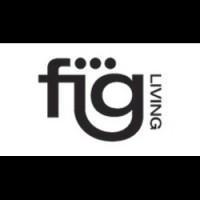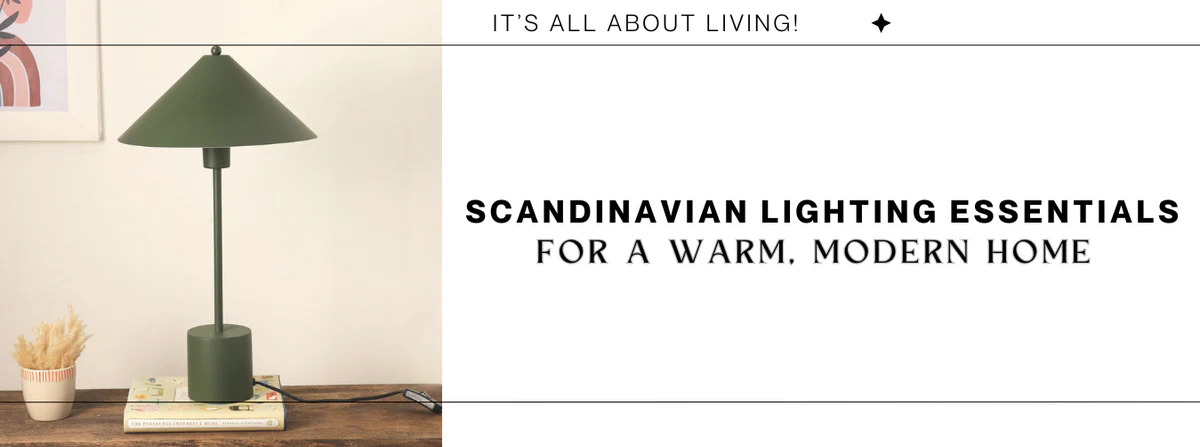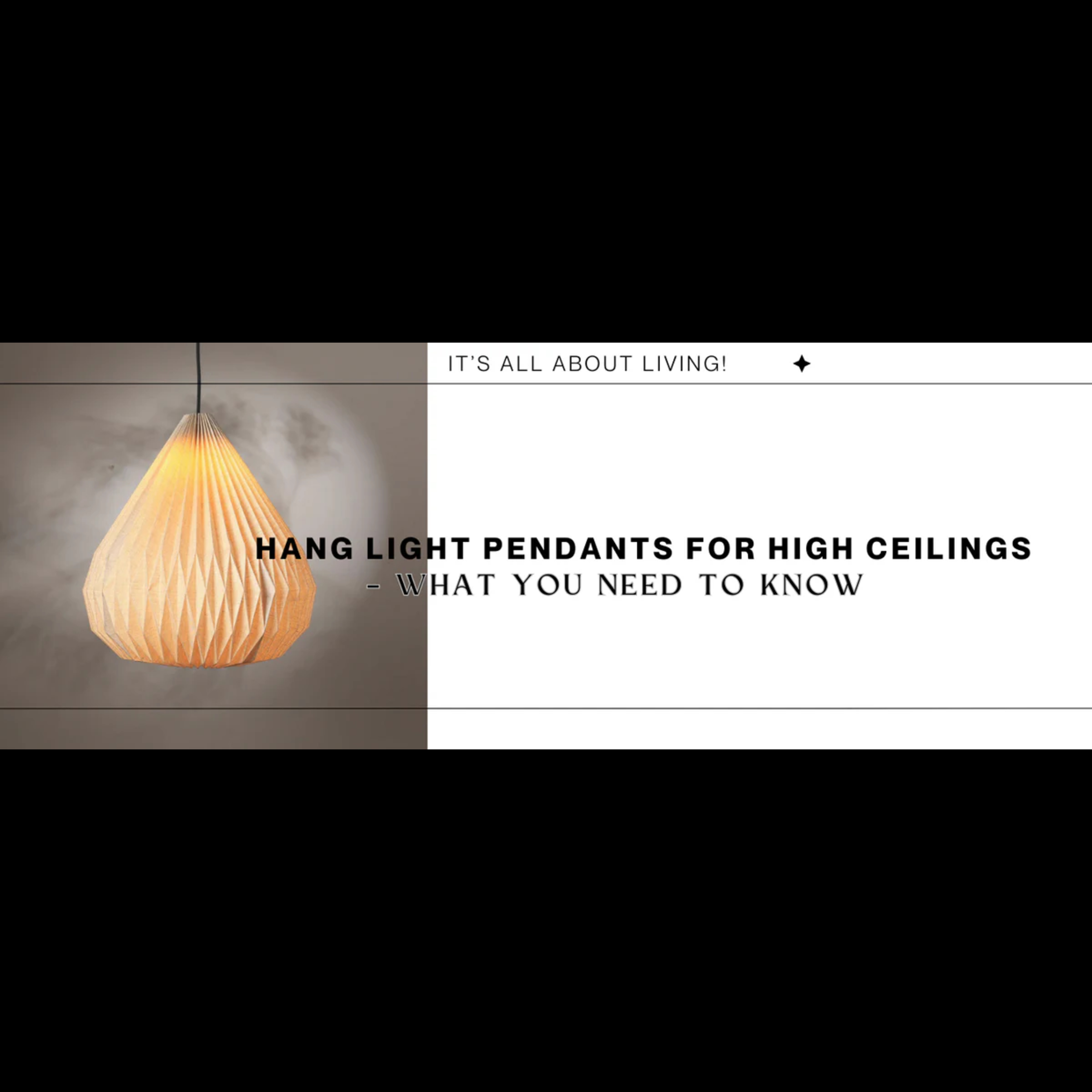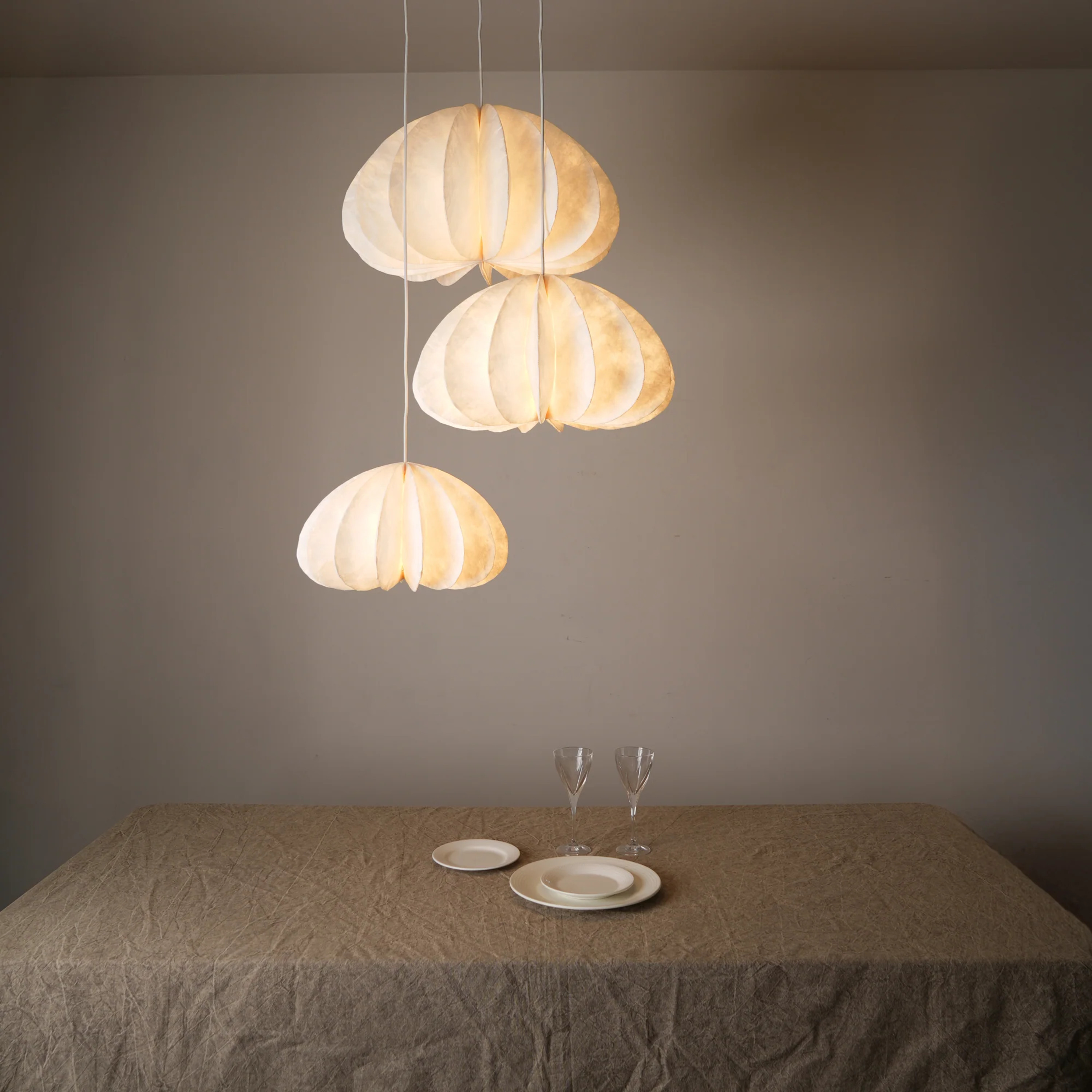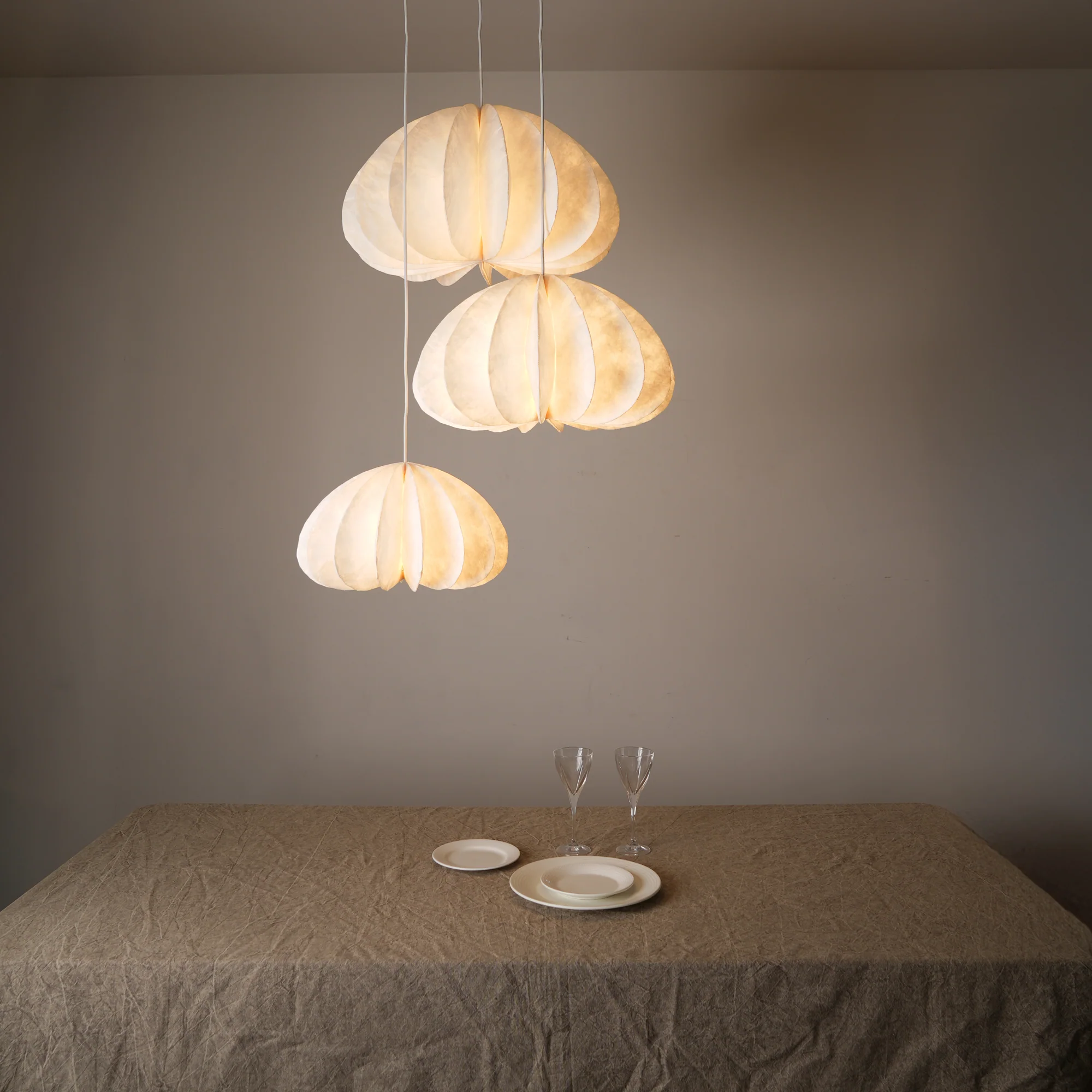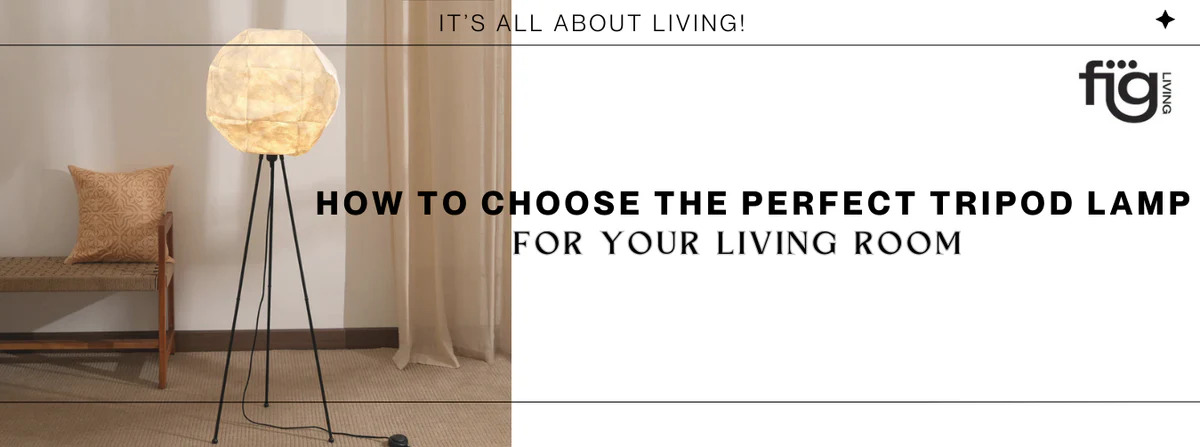Transform Your Space with Scandinavian Style Lighting decor

Strong 8k brings an ultra-HD IPTV experience to your living room and your pocket.
Beautiful, practical, and uncomplicated design characterizes Scandinavian style. In particular, for those wishing to design comfortable, minimalistic, and fashionable living areas, this design is becoming more and more popular for home décor. But how may you design your new area with a Scandinavian feel? Together, we will examine the ideas behind and useful uses of Scandinavian design to help you create a calming and welcoming space.
Introduction:
More than just a fad, Scandinavian design is a lifestyle. The rooms it creates are not only aesthetically pleasing but also highly functional and comfortable, thanks to its ideals of simplicity, elegance, and functionality. Scandinavian style can be just what you need if you're hoping to give your house a new, fashionable look. This post will explore how to style your new spaces with Scandinavian influences, with an emphasis on furniture, decor, and lighting.
Understanding Scandinavian Design:
The Nordic nations of Sweden, Denmark, Norway, Finland, and Iceland are the birthplaces of Scandinavian architecture. In the early 20th century, this design movement began, and it became well-known in the 1950s. It retains beauty while emphasizing functionality, simplicity, and minimalism. Creating rooms that are light-filled, airy, and welcoming while emulating the tranquil and stunning Nordic scenery is the aim.
Key Elements of Scandinavian Style
Color Palette
Scandinavian color schemes are among their most defining characteristics. The color palette mostly consists of light and neutral hues like beiges, grays, and whites to evoke an air of spaciousness. Spaces seem bigger and cozier when these hues reflect natural light. Whites and grays aren't the only colors, though. Accessorizing with rugs, cushions, and artwork can help you add small flashes of color.
Materials and Textures
Natural materials such as wool, leather, and wood are predominant in Scandinavian design. A common element in Scandinavian interior design is wood, especially light woods like birch and pine, which are utilized for accents, flooring, and furniture. In textiles, where wool, linen, and sheepskin are often used, natural materials are also utilized. A warm and welcoming ambiance is produced by the warmth and texture these materials bring.
Scandinavian Style Lighting:
The lengthy, dark winters in the Nordic region make lighting a vital component of Scandinavian style lighting. A place may be transformed with the correct lighting, giving it a cozy, welcoming vibe. An amalgamation of ambient, task, and accent lighting is commonly found in Scandinavian design.
Because they provide both useful and decorative light, pendant lights are frequently utilized in kitchens and dining rooms. For reading nooks and living rooms, floor and table lights are employed to create a warm atmosphere. For a scandinavian style lighting design to be balanced and multilayered, it is essential to incorporate a variety of light sources.
Furniture Choices
Effortless design, practicality, and simplicity define Scandinavian furniture. Naturally occurring materials are frequently used to create furniture that is both aesthetically pleasing and functional. Look for minimalist pieces of furniture, such streamlined couches, wooden dining tables, and useful storage options. Focusing on long-lasting objects that exhibit exceptional quality and craftsmanship is essential.
Decorative Elements
Despite its minimalistic style, Scandinavian design incorporates ornamentation. Making deliberate and limited use of décor is the key. Choose accessories like wall art, houseplants, and soft linens that will bring character and coziness to your room. Organize surfaces to prevent clutter and select decorations that go well with your home's general style.
Creating Cozy Spaces
The idea of "hygge," a Danish word meaning coziness and comfort, is central to Scandinavian design. Adding components that encourage relaxation and well-being is the key to creating a hygge mood in your house. Comfortable bedding, opulent cushions, and cozy lighting may all contribute to this. Making an environment where you can relax and feel at ease is the goal.
Integrating Nature:
Another characteristic of Scandinavian design is incorporating natural elements into your interior space. It is possible to accomplish this by using houseplants and natural materials, as was previously described. Not only can plants bring some greenery into your room, but they also enhance the quality of the air indoors and promote calmness.
Scandinavian Style in Different Rooms:
Living Room:
According to Scandinavian design, the living room should seem airy, light, and friendly since it is frequently the center of the house. For the walls and larger pieces of furniture, start with a neutral color scheme. A coffee table or several shelves made of wood might add coziness. Ample illumination from various sources should be included, as should the use of warm fabrics like cushions and wool throws.
Bedroom:
Securing a calm and comfortable atmosphere for the bedroom should be the main priority. Utilize natural bedding materials like cotton and linen and stick to a basic, muted color palette. The room's aesthetic will be established by a bed frame in the clean, minimalistic style of Scandinavia. To make a space feel cozy and welcoming, add bedside tables with table lights.
Kitchen:
Scandinavian homes include elegant and practical kitchens. Pick simple, white or light-colored cabinets with clean, uncluttered lines. Beautiful cookware can be displayed on open shelving, which also creates the illusion of more space. Functional and decorative lighting can be achieved with pendant lights over the kitchen island or dining area. Utilize basic, high-quality appliances and utensils, and keep counters clear.
Conclusion:
Any place can be made comfortable, useful, and visually beautiful with the help of the classic and adaptable Scandinavian design aesthetic. Simple design, organic materials, and well-thought-out furnishings can help you create a lovely, cozy, and welcoming space. Scandinavian design elements can help you create a cohesive and fashionable area whether you're remodeling your kitchen, living room, or bedroom.
Colour Weave Pendant Lamp - Threading, Handmade Pendant Light, Scandi-Style Hanging Light Image
Frequently Asked Questions:
What defines Scandinavian design?
Simple, practical, and beautiful design are prioritized in Scandinavian style. It creates light-colored interiors with natural materials that are welcoming.
What is the best way to add lighting in my house that is inspired by Scandinavia?
Utilize task, accent, and ambient lighting in combination. Some common options are floor lamps, table lights, and pendant lights. Make sure the layers and balance of your lighting design.
Which materials can you typically see employed in Scandinavian design?
Common elements of Scandinavian design are natural materials like linen, wool, leather, and wood. Birch and pine are two of the more prevalent light wood species.
What are some tips for designing a warm and inviting Scandinavian-inspired room?
Pay attention to including things like cozy blankets, stuffed pillows, and warm lighting that encourage rest and relaxation. For an atmosphere to be cozy, the idea of "hygge" is essential.
May I use color in a house with a Scandinavian design?
Indeed, even though the main color scheme is neutral, you can still infuse your room with individuality and coziness by adding modest flashes of color through accessories like rugs, cushions, and art.
know more>https://www.figliving.com/blogs/news/scandinavian-style-lighting-design-blog
Origami pendant lamp,
table light,
floor lamp,
scandinavian lamps,
Note: IndiBlogHub features both user-submitted and editorial content. We do not verify third-party contributions. Read our Disclaimer and Privacy Policyfor details.

